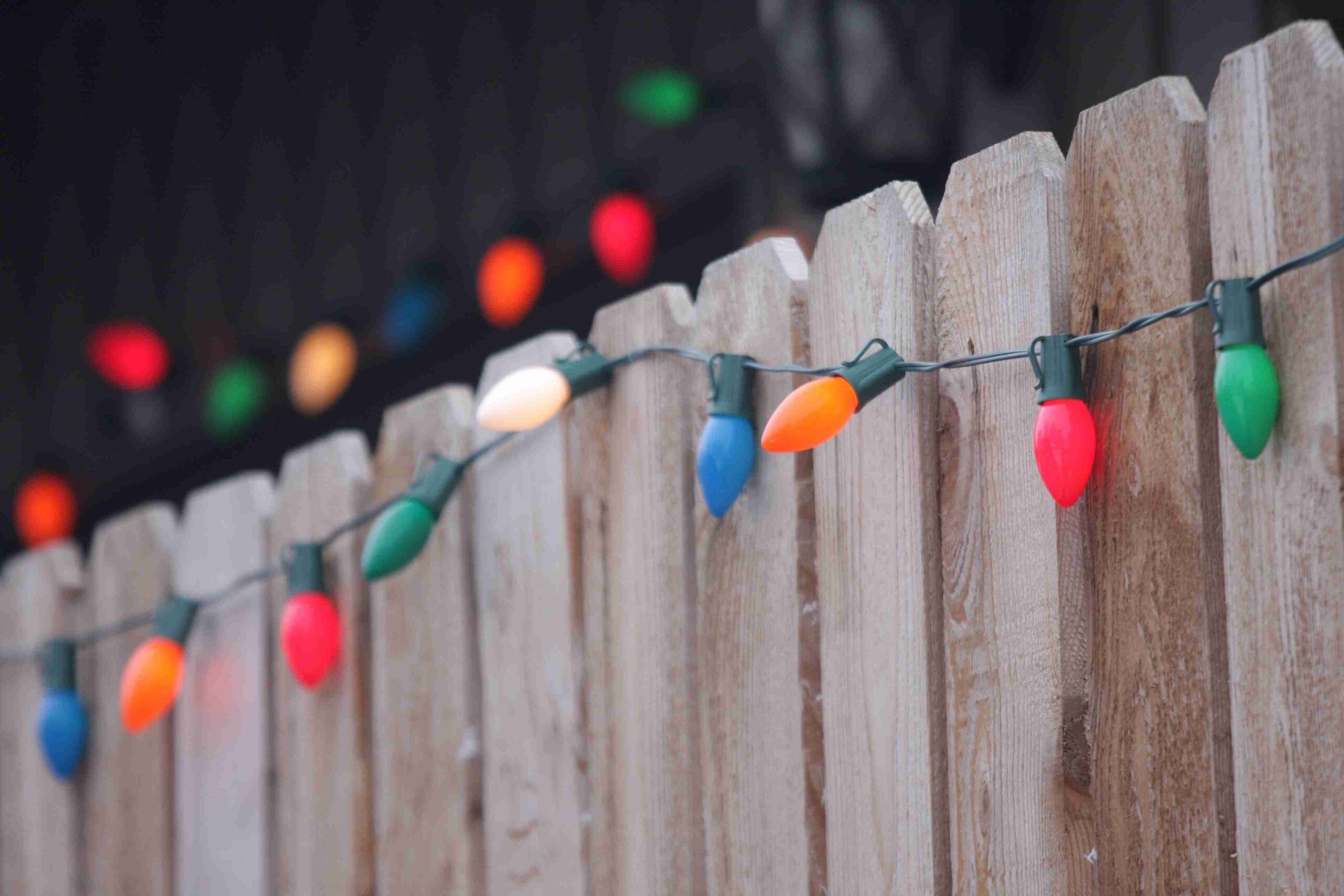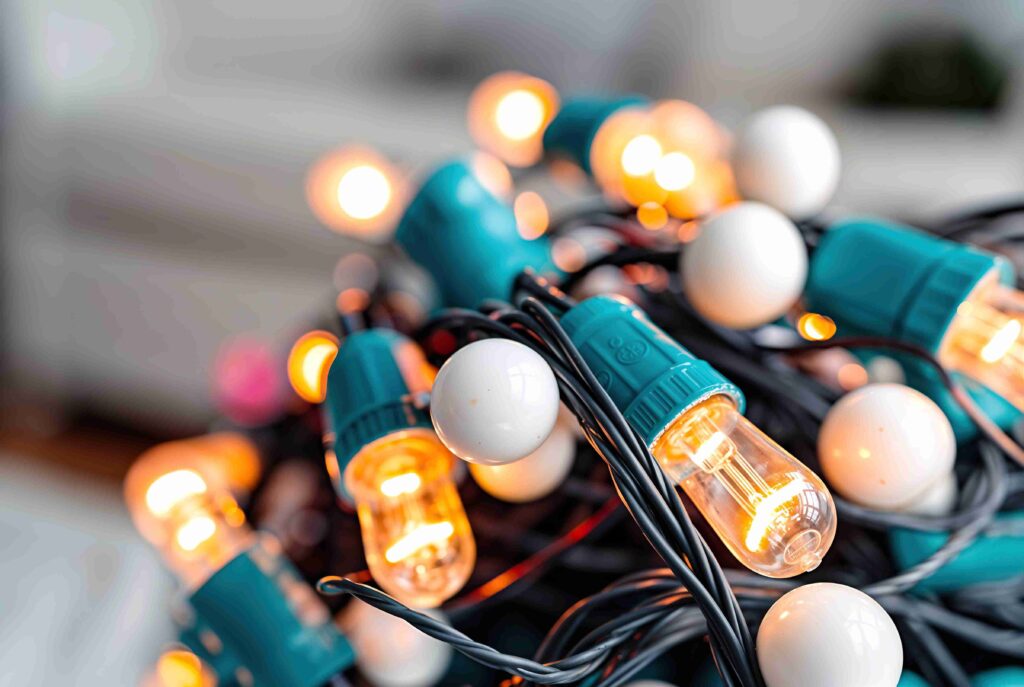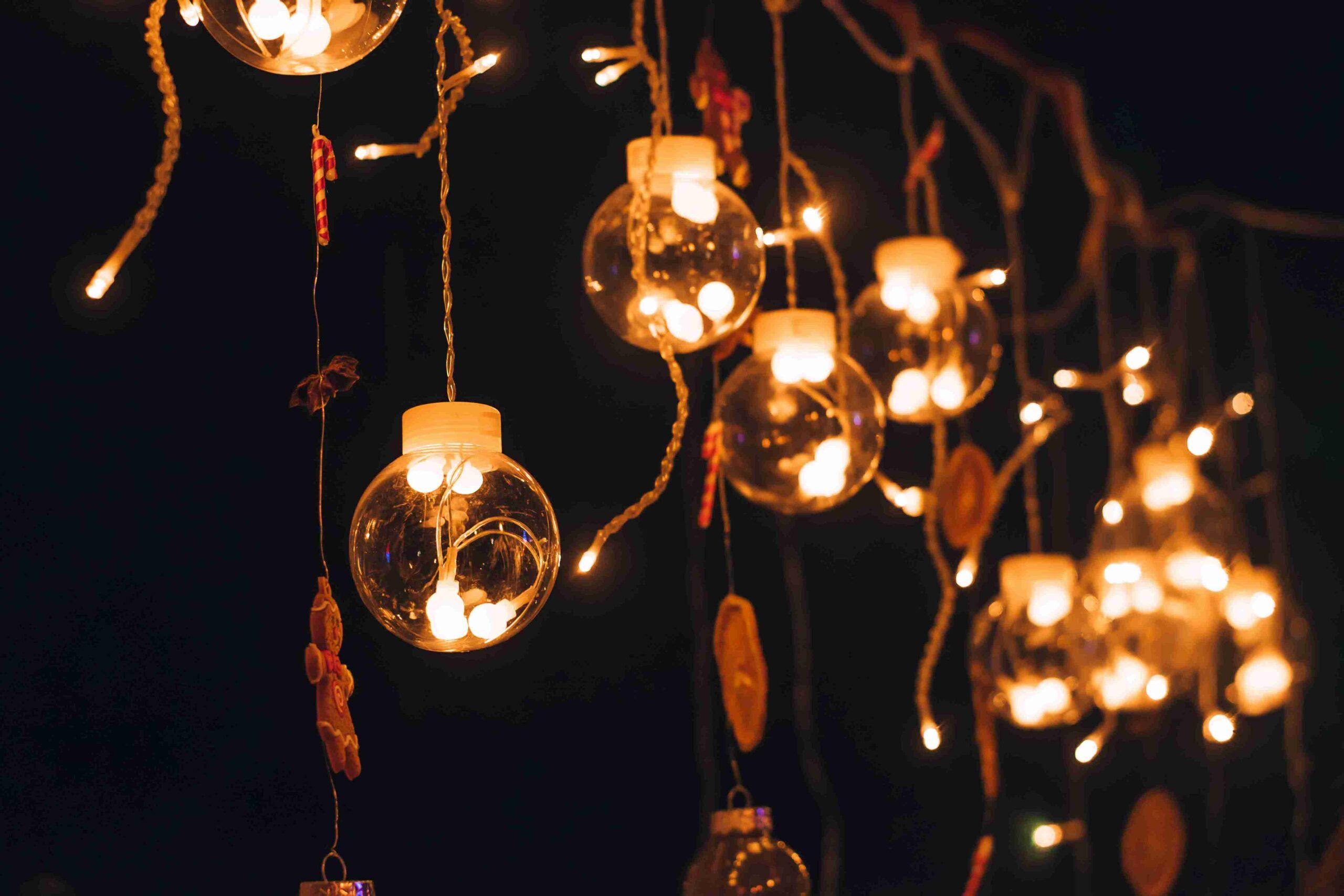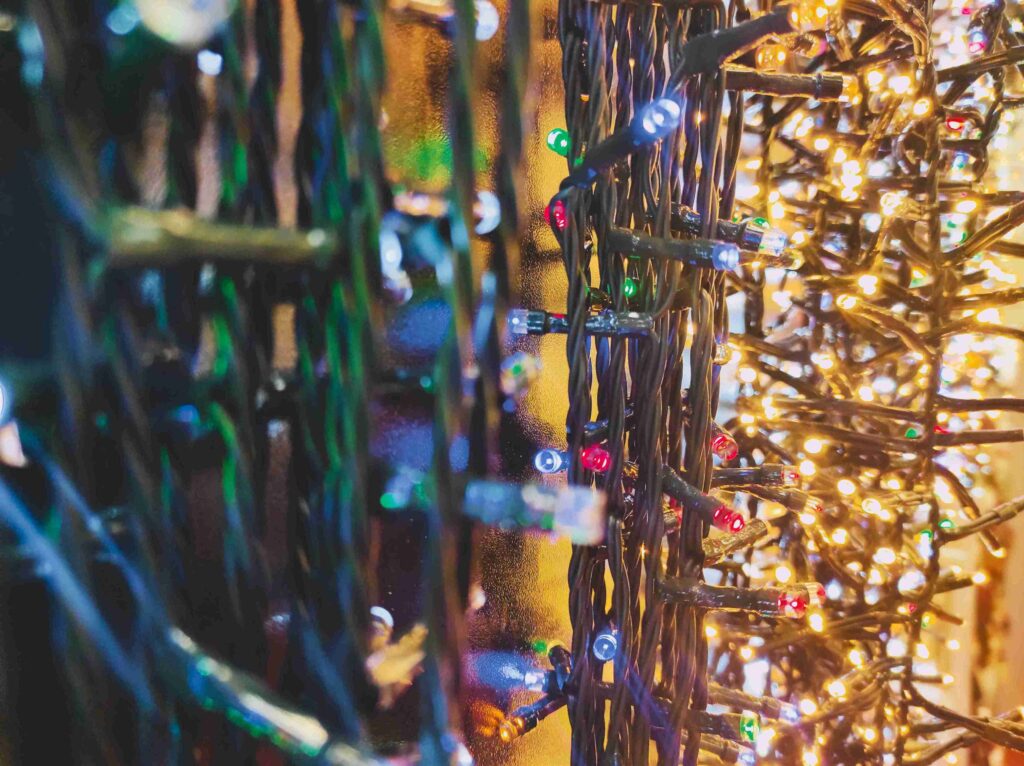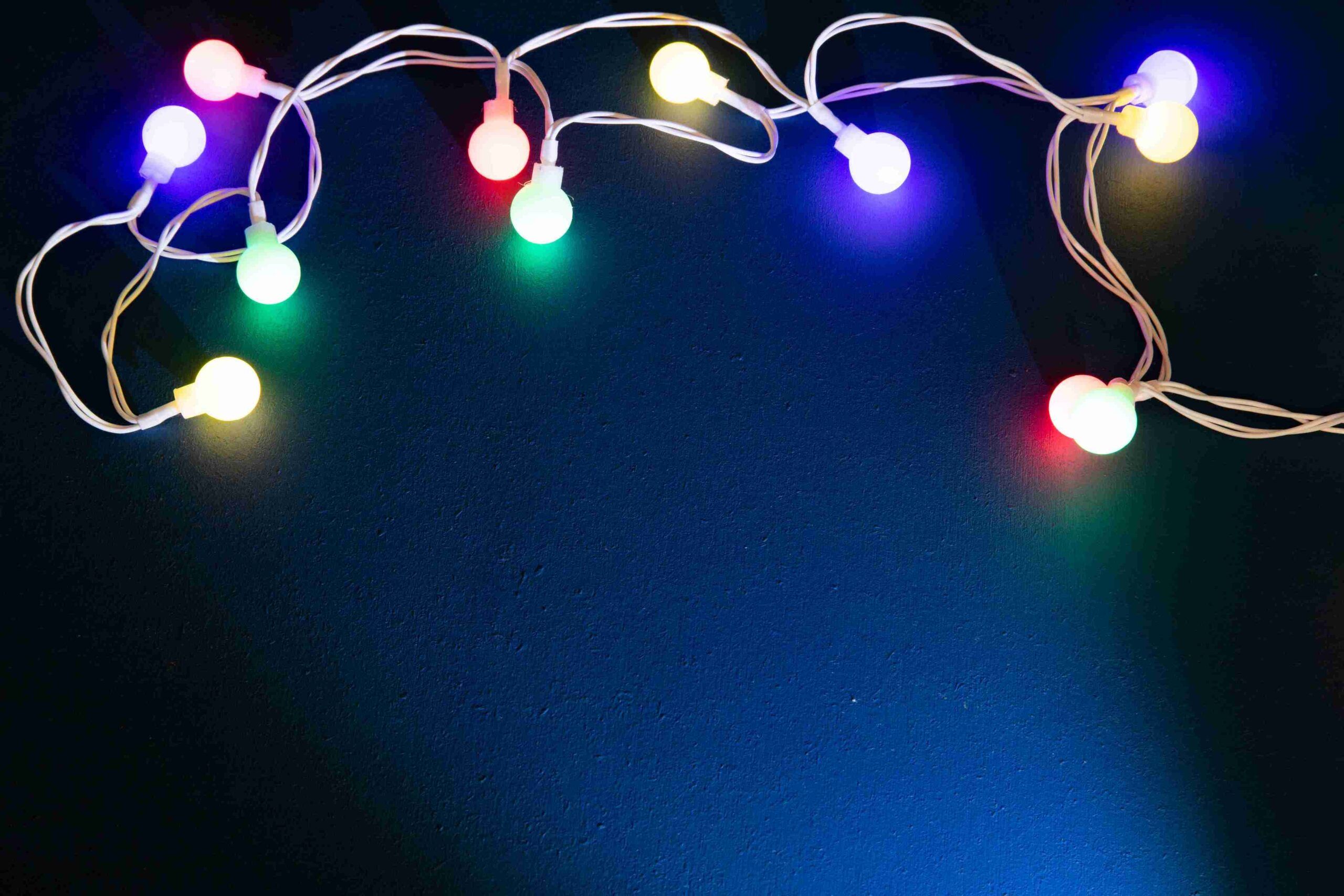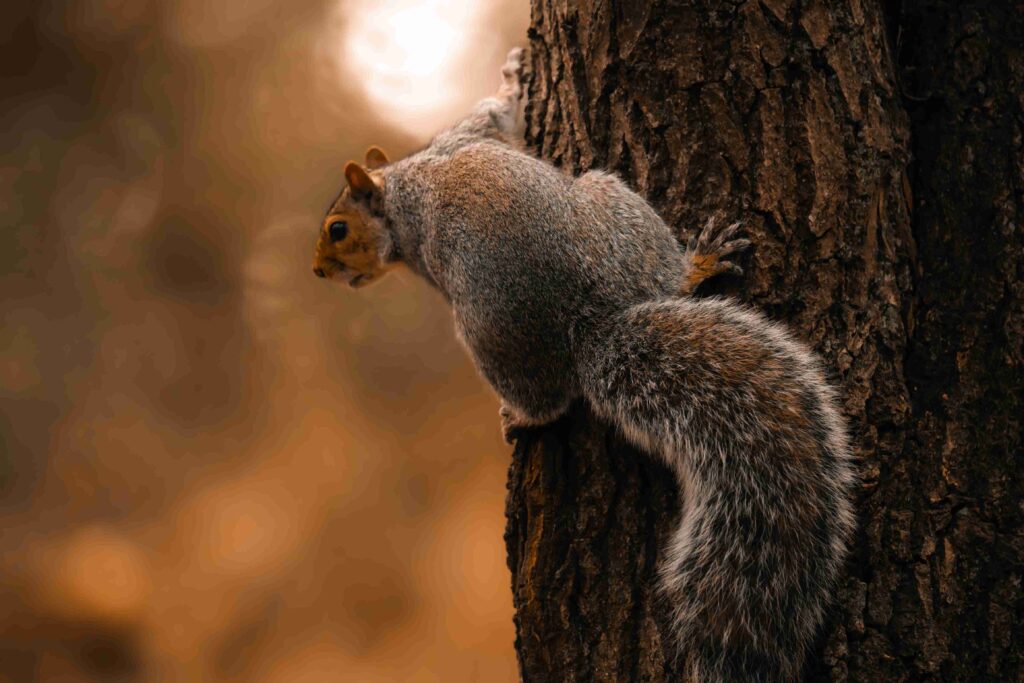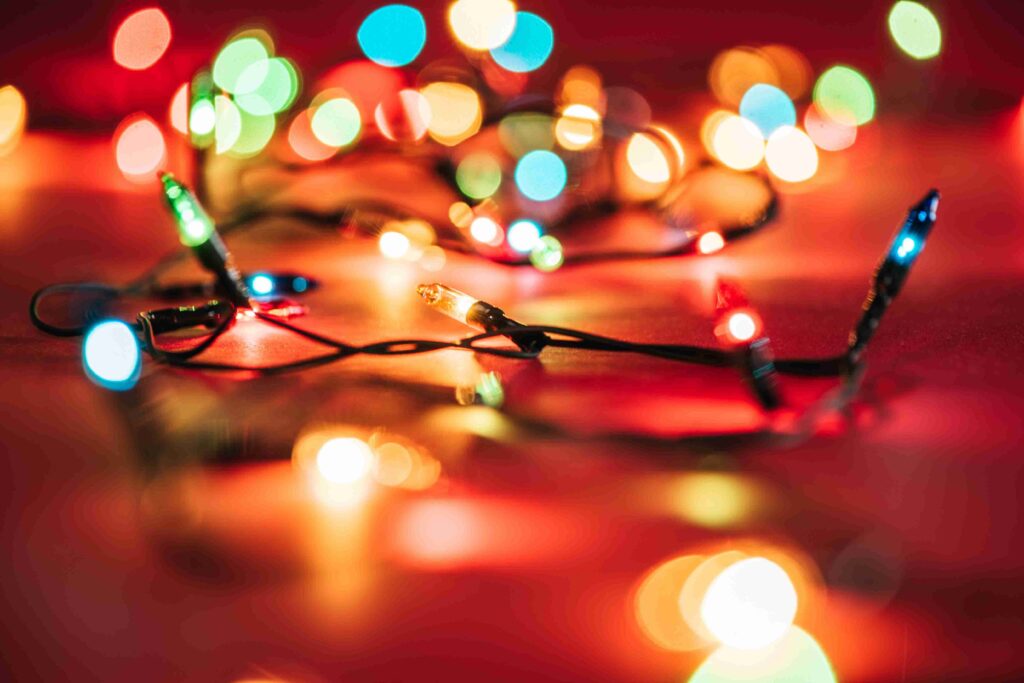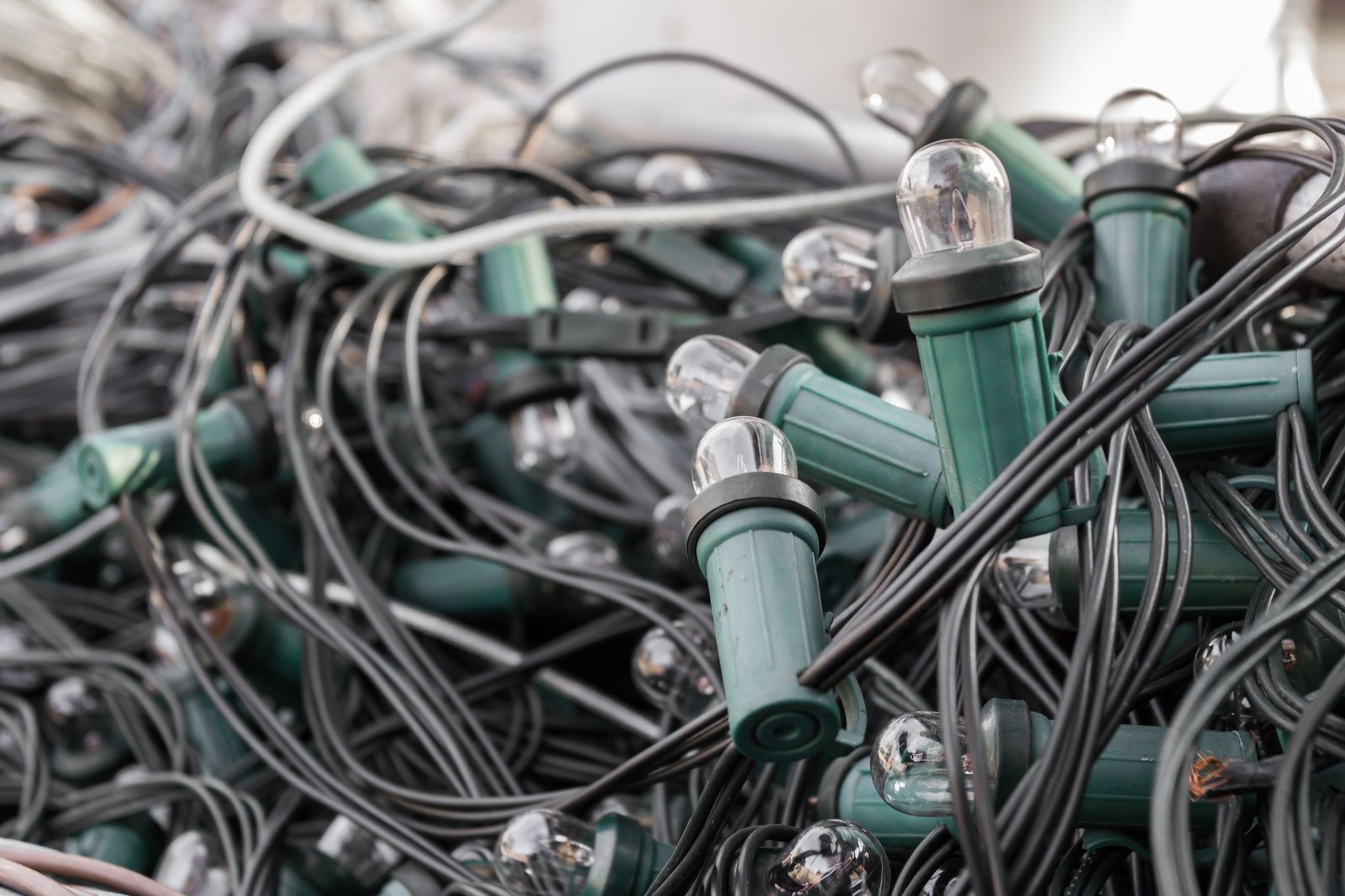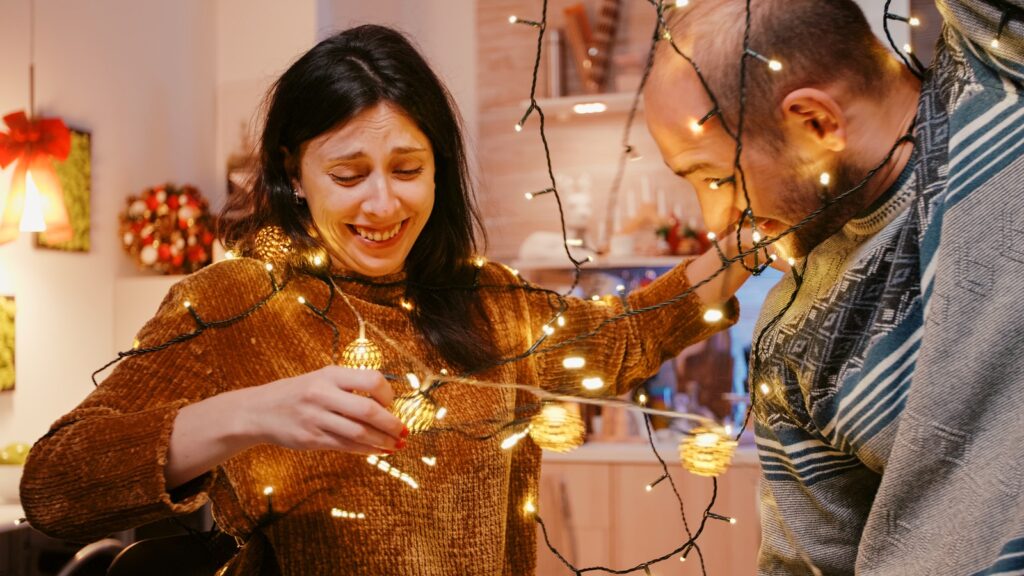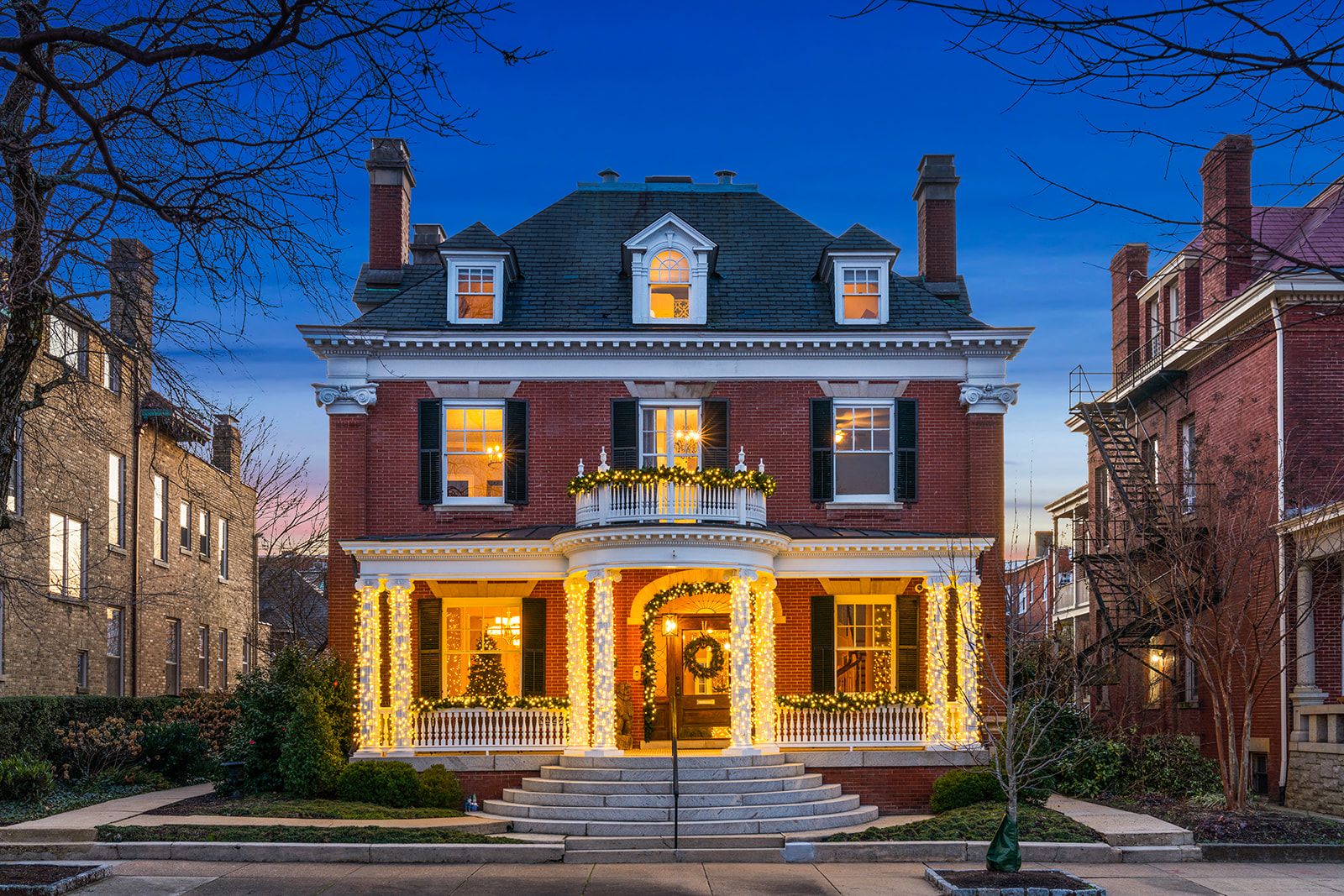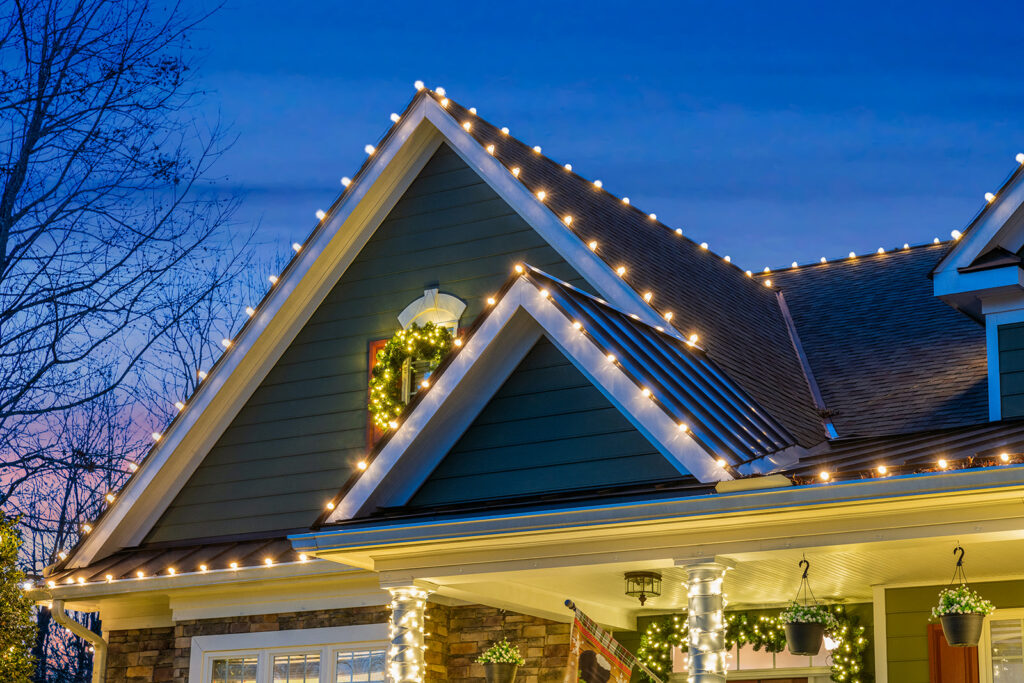How Many Christmas Lights For A 6ft Tree? (Guide)
Decorating the tree is one of the best parts of Christmas. You put on some music, grab a mug of hot cocoa, and pull out the boxes of lights.
Then it hits you – how many strands do you actually need for your tree?
You don’t want it to look like a dark corner, but you also don’t want your living room glowing like a landing strip.
In this post, we’ll break down how many Christmas lights you need for a 6ft tree.
Average Number Of Christmas Lights For A 6-Foot Tree
You need around 600 to 900 Christmas lights for a 6ft tree.
If you like a simple, classic glow, stick to around 100 lights per foot which is about 600 total. It gives a soft, cozy shine that still feels festive.
For a brighter, fuller look, go up to 150 lights per foot, or roughly 900 lights.
That’s the “wow” level most people like for living room trees.
If you’re going all out with a tree that could light up the neighborhood, aim for 200 lights per foot, which lands you at about 1,200 lights. That’s the kind of tree that looks straight out of a Hallmark movie.
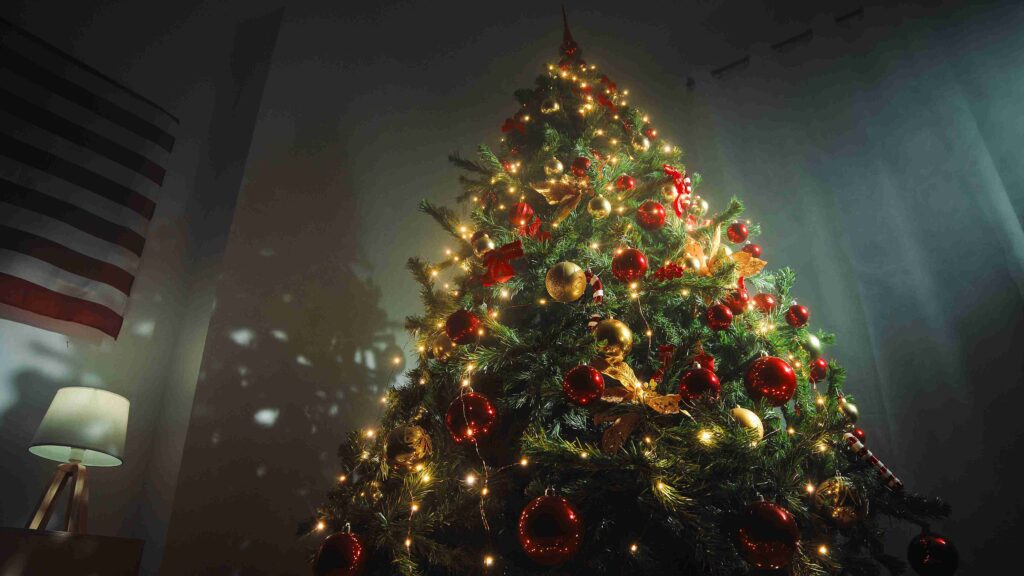
Also Read: Can Christmas Lights Catch On Fire?
Keep in mind, these numbers aren’t strict rules. Every tree’s a little different, and so is everyone’s taste. Some people like soft and minimal. Others love bright and bold.
Start with a base number and adjust until it looks right to you.
Factors That Affect How Many Lights You’ll Need
There’s more to it than height. A few little details make a big difference in how your lights look once they’re on the tree. Let us explain:
#1 Tree Type
Real trees and artificial trees can look totally different once the lights are up.
A real pine or fir usually has thicker, denser branches, which means the lights don’t shine through as easily. You might need more strands to fill in the gaps and make it sparkle evenly.
Artificial trees, especially the kind with evenly spaced branches, tend to reflect light better. You can often get away with fewer lights and still get a bright, balanced glow.
Also, if your tree is super full and bushy, add more lights.
If it’s slimmer, you can cut back a bit.
#2 LEDs Vs Incandescent Lights
The type of lights you pick matters too.
LED lights are brighter, cooler, and use less energy, so you can use fewer of them and still get strong shine. They’re also safer since they don’t heat up.
Incandescent lights, on the other hand, give off that classic warm glow many people love. But they use more electricity, can get warm to the touch, and don’t last as long. You’ll probably need more of them to get the same brightness level you’d get with LEDs.
So if you’re using LEDs, 600 might be plenty. With incandescent, you might want to bump it closer to 900 for the same look.
#3 Bulb Size
Bulb size can totally change the vibe of your tree. Mini bulbs give that twinkly, delicate look. Bigger bulbs like C6 or C9 are bold and make a statement.
Here’s a quick way to think about it:
- Mini bulbs are perfect for a traditional or cozy look. Use more of them for fuller coverage.
- C6 or C7 bulbs are medium size. It’s a good mix of bright and balanced.
- C9 bulbs are large and bright. They’re great for outdoor trees or that “retro” Christmas style.
Bigger bulbs fill more space, so you won’t need as many. Smaller bulbs are subtler, but you’ll need more strands to fill out the tree.
Also Read: C7 Vs C9 Christmas Lights
#4 Decoration Style
Lights don’t exist alone – your ornaments, ribbon, and garland all play a part.
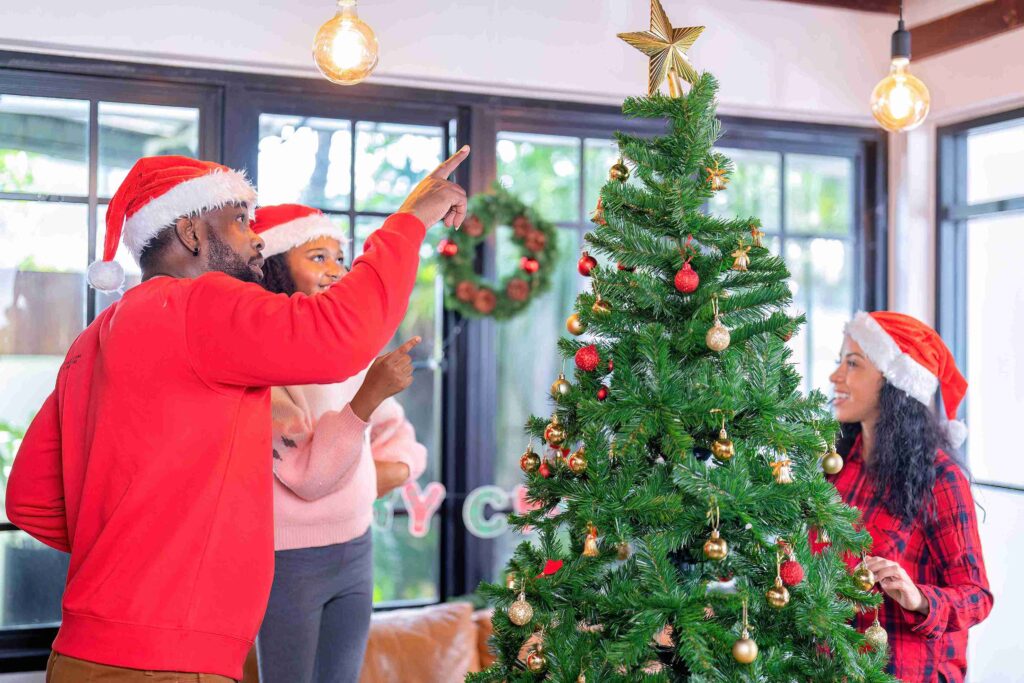
If your tree has a ton of decorations, you might not need as many lights since the ornaments reflect and spread the glow. But if you like a minimal look with mostly lights and a few ornaments, you’ll want extra strands to make it shine.
Think about what kind of look you want before you start wrapping the tree.
If your tree is packed with ornaments, around 600 lights can look great. If lights are the main focus, push it closer to 900 or even 1,000.
#5 Color Scheme
Color makes a difference too. Warm white lights create a soft, inviting glow, but they can blend into darker branches. Multicolor lights pop more but can look busier.
Cool white lights shine brighter and give that icy, wintery look.
They tend to reflect more, so you might not need as many.
It’s all about what kind of atmosphere you want – warm and cozy, or crisp and bright.
How Many Strands You’ll Actually Need For A 6ft Tree
Now that you’ve got the big picture, let’s talk about strands. Most light strands come with 50, 100, or 150 bulbs each. So how many do you need?
Here’s a quick guide:
- 600 lights: about 6 strands of 100 lights each
- 900 lights: about 9 strands of 100 lights each
- 1,200 lights: about 12 strands of 100 lights each
You can always mix and match shorter strands too.
Using smaller strands makes it easier to replace one if it burns out, and you won’t have to unwrap the whole tree just to fix a section.
Also Read: Are Christmas Lights Waterproof?
Also, think about outlet placement and extension cords. Try not to overload a single outlet since most strands have a safe limit listed on the box for how many can be connected end-to-end.
If you’re using LEDs, you can usually link more strands together safely than you can with incandescent ones.
Bottom Line
You need 600 – 900 lights for a 6ft Christmas tree.
If you’re going for a warm, simple vibe, 600 lights is usually enough. For something more showy and bright, 900 lights will make your tree stand out. And if you love a dramatic, glittery glow, push it to 1,200 or more.
Once you find your favorite balance, it gets easier each year. You’ll know how many strands you like, what kind of bulbs work best, and how to wrap them just right.
At the end of the day, the perfect number of lights is the one that makes your tree feel magical when you flip that switch.
So grab your favorite strands, turn on the Christmas tunes, and start lighting up the season.




